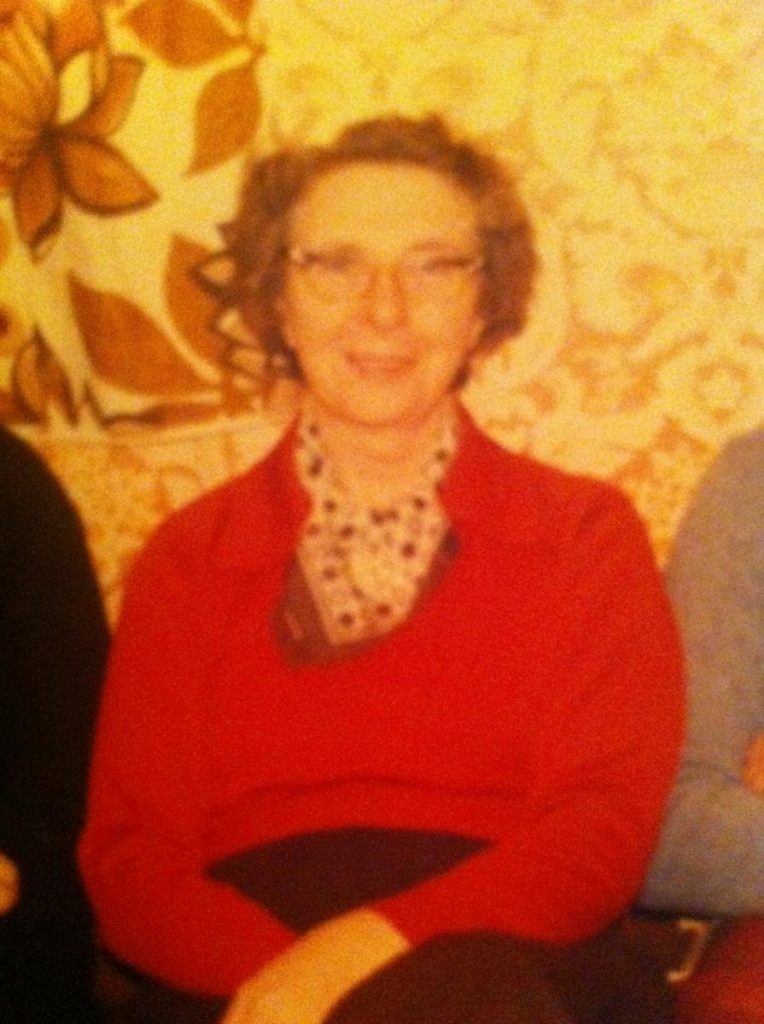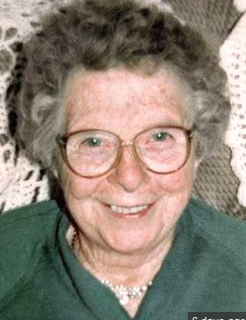 Tonight’s blog is written by RFJ’s Mike Ritchie
Tonight’s blog is written by RFJ’s Mike Ritchie
The activities of RUC Special Branch, its weapons intelligence unit and collusion with loyalists continues to overshadow the inquest into Roseann Mallon’s murder
A two-day hearing has just finished at the inquest into the death of Roseann Mallon. The inquest had been adjourned for more than a year when it emerged that incorrect forensic evidence concerning the weapon and ammunition used in the murder had been given. The existence of the Weapons and Explosives Research Centre (WERC), a shadowy Special Branch forensic unit responsible for the misleading analysis, had also been disclosed. Following this, a number of reports had been commissioned to verify the provenance and linkages of the ammunition and weapon. A number of statements had also been taken from forensic and WERC personnel. This hearing was to deal with issues arising from the reports and statements.
Witnesses at this hearing were Dr Ruth Griffin (senior forensic scientist with NI Forensic Science Laboratory – NIFSL – and subsequently Forensic Science Agency – FSNI), Jonathan Greer (forensic scientist with FSNI), Jason Murphy (formerly deputy head of the HET whose investigation had uncovered the forensic mistakes in the evidence) and Mr Cowan (former senior detective in the investigation into Roseann Mallon’s murder). Two of the WERC personnel (“C” and Mr Bradley) had applied to give their evidence anonymously.
Roseann Mallon (76) was murdered while watching television at a relative’s house in Co Tyrone on May 8, 1994. Ulster Volunteer Force (UVF) gunmen indiscriminately opened fire spraying the bungalow at Cullenrammer Road, Dungannon, with bullets.
The UVF said its mid-Ulster brigade had been responsible. After the shooting, army spying equipment was found in a nearby field. This, along with a number of other suspicious circumstances has resulted in compelling claims of security force collusion behind the attack.hough there have been no convictions for the incident, Portadown loyalist Billy Wright – who was murdered in 1997 – and two other loyalists, were arrested and questioned at the time.
Proceedings
The following were the key issues that emerged over the course of the two-day hearing:
1. According to Barry McDonald, counsel for next of kin, Special Branch may have tampered with the weapon used to murder Roseann Mallon before it was examined by forensic experts. An abrasive material, possibly sandpaper, was used to distort the firing pin of the Czech-bought assault rifle which has also been linked to eight other loyalist shootings through analysis of bullet-casings. Jonathan Greer re-examined the gun in 2013 and acknowledged that this may have been a deliberate attempt to hinder the identification process: “It looked as if somebody had taken the firing pin and abraded it… with sand paper… It could have been part of a cleaning regime or possibly to make it look like it came from a different weapon”. His analysis of the evidence was confirmed by an independent expert commissioned by the Mallon family to assess the material also.
- In 1994, WERC operated alongside the NIFSL and examined weaponry before it was passed to civilian scientists for analysis. Dr Ruth Griffin told the court: “If it is only a firearms examination that is required, then it can go to WERC first.” Procedures were changed in 1997 to give first access to civilian forensic scientists, the court was told.
- WERC did not emerge from the hearing with much credit: operatives did not keep records or working notes illustrating how they arrived at their findings. Thus, the individual who made the mistaken analysis (Mr Bradley) was unable to explain why he had come to his conclusions. Moreover, “C” accepted that their work fell short of the evidential standards required for court. The presiding judge could not understand why the existence of WERC (established 1983) seems to have been hidden even though it and its (un-named) predecessor had been in operation since 1971. Thus, it had not been referred to in court documents before 2006. The unit’s current acronym is Cifex.
- Mr Bradley headed up WERC. He was a former Harland and Wolff crane driver with no formal academic qualifications. Prior to his employment as a forensic operative The former army corporal and senior scientific officer, led the team of three WERC operatives at Seapark in Carrickfergus, Co Antrim. Justifying his credentials, he told the court: “I did not have any professional qualifications. I had four years experience in the forensic science firearms laboratory and by that stage (1993/4) almost 18 years experience in microscopy.”
- Mr Bradley, who retired in 2012, had incorrectly matched a weapon recovered at Kilmore in Loughgall, Co Armagh to the 1992 loyalist murder of Charles and Theresa Fox at The Moy in Co Tyrone. In 2013 it was established that the rifle used to shoot Ms Mallon was also linked to eight other murders — including the Fox deaths. Mr Macdonald, representing the Mallon family, said: “It appears that there were numerous mistakes made and that the linkages were wrong.” Mr Bradley acknowledged: “It has transpired that way.” He claimed a heavy workload, the quality of the microscopes and the nature of the Chinese-made bullets (made of steel and lacquered, and resistant to marks) all contributed to the mistake. The presiding judge commented that, for an intelligence unit to come to mistaken conclusions on evidence was not much assistance to investigations! When “C” claimed that there had been few mistakes, the judge commented: “How do you know?”
- Barry McDonald repeatedly asked witnesses to comment on the fact that the Czech made VZ58 assault rifle used to kill Roseann Mallon (serial number 18837 and the Chinese-made ammunition were both part of a consignment brought into Northern Ireland by a state-run agent, i.e. Brian Nelson. None of the witnesses chose to comment, saying that they knew nothing of this matter.
- The VZ 58 assault rifle (Serial No. 18837) has now been linked to the murders of:
- Phelim McNally,
- Liam Ryan,
- Michael Devlin,
- Malachy McIvor,
- John Quinn,
- Dwayne O’Donnell,
- Malcolm Nugent,
- Thomas Armstrong,
- Tess Fox,
- Charlie Fox
- Tommy Casey along with
- Roseann Mallon; and
- the attempted murders of:
- John Rush and
- Frances McKeown.
- Mr McDonald reminded the judge that he had not yet ruled on the question as to whether police witnesses should be able to use the mantra of “neither confirm nor deny” to questions about informers/agents. This had happened at an earlier hearing when former RUC Special Branch officers had given evidence anonymously. When counsel for the police argued that courts have accepted this practice, the judge pointed out that generally, witnesses come to court in order to answer questions. By refusing to confirm or deny, the witness is saying: “I’m not going to tell you.” Mr Justice Weir said that he would like to hear the explanation for this practice and decide whether it is acceptable, say, in the hypothetical circumstance that the informer/agent is deceased. There will be submissions next week on this matter before ruling on the issue.
- Mr Justice Weir intends to hear closing submissions to the inquest as a whole in February in the hope that the inquest can conclude its work in the near future.











